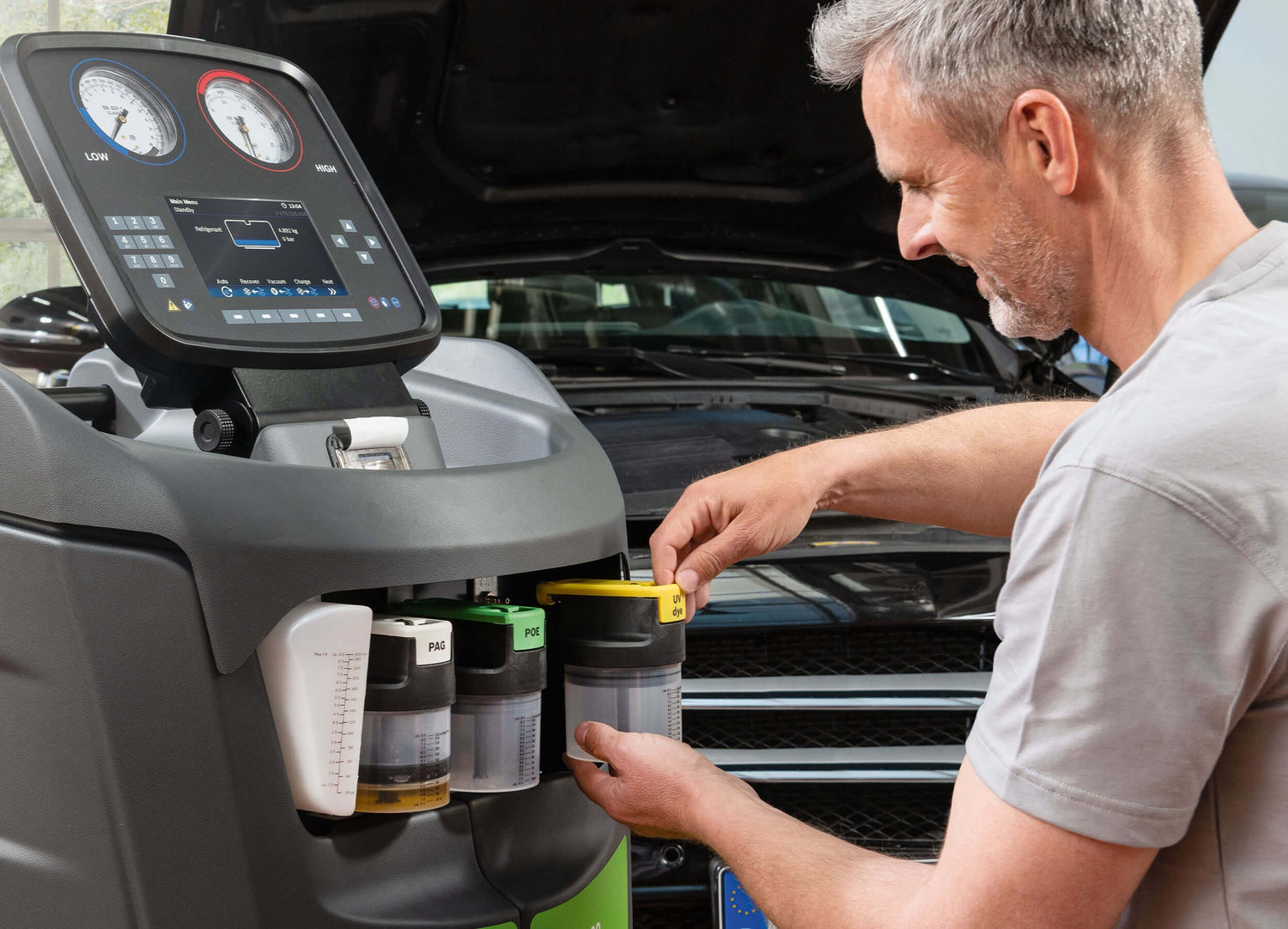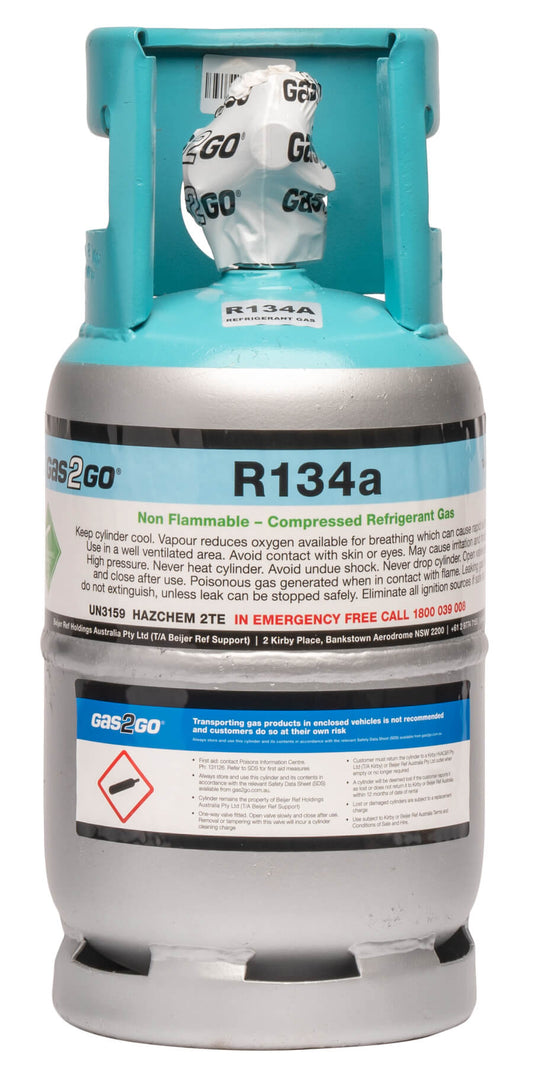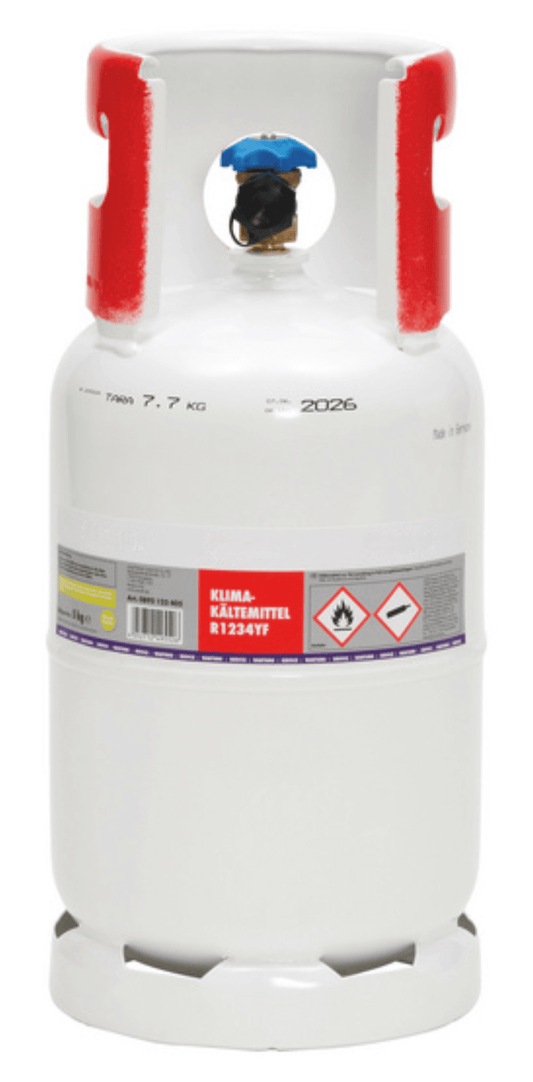

BOSCH
Bosch as a 360° partner - Well Positioned for AC service
Air conditioning systems in vehicles need to be serviced regularly. Due to the everincreasing complexity and variance of vehicle systems, workshops need extensive knowledge – and technology that is adapted to their individual requirements and provides them with the best possible support in their daily business.

BOSCH ACS UNITS
BOSCH ACS UNIT SERIES
DIFFERENCES BETWEEN R-1234YF AND R-134A
R-134a
Component/Design Characteristics:
The design of R-134a is similar to R-1234yf, but it does not have special component standard requirements and does not require a suction line heat exchanger.
Operating Pressure/Temperature:
The pressure/temperature curves of R-134a are similar to those of R-1234yf, though there are some differences at high temperatures and pressures.
Flammability/Safety:
R-134a is considered non-flammable, providing a higher level of safety. However, its global warming potential (GWP) is higher, leading to its gradual phase-out in favor of more environmentally friendly alternatives like R-1234yf.

R-134a
is an older refrigerant with higher GWP, contributing more to global warming, but it is non-flammable and still widely used in older air conditioning systems - source: https://www.arcltd.org.au/

R-1234yf
Component/Design Characteristics:
- R-1234yf is similar in design to R-134a in automotive air conditioning systems, requiring minor component adjustments, such as changes to thermal expansion valves and condensers.
- The service ports are taller to prevent cross-contamination, and the evaporators must meet SAE Spec J2842 standards.
- Most vehicles using R-1234yf include a suction line heat exchanger to enhance efficiency.
Operating Pressure/Temperature:
The pressure/temperature curves for R-1234yf and R-134a are quite similar, with slight divergence at around 250 psig/150 degrees and above.
Flammability/Safety:
R-1234yf is classified as mildly flammable, meaning it could ignite when in contact with an open flame, but it has a low burning velocity and low combustion heat. Compared to other automotive fluids like gasoline and diesel, it presents significantly lower flammability risks.

R-1234yf
is a newer refrigerant with significantly lower global warming potential (GWP < 1) and is mildly flammable, designed to be more environmentally friendly than R-134a. - source: https://www.arcltd.org.au/











